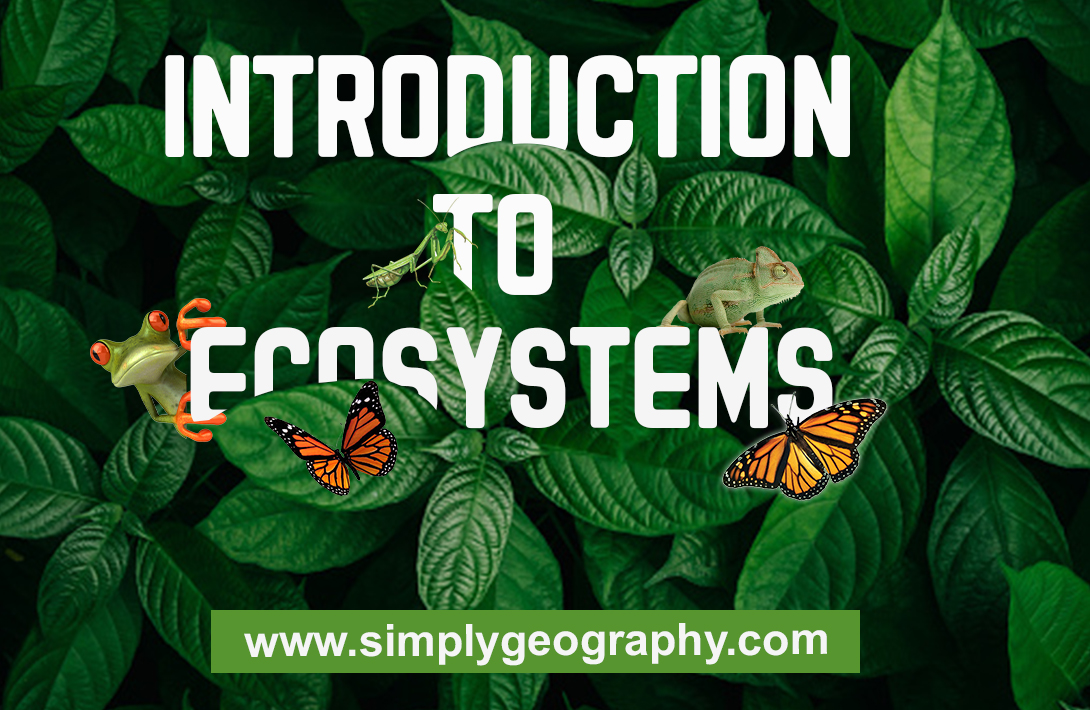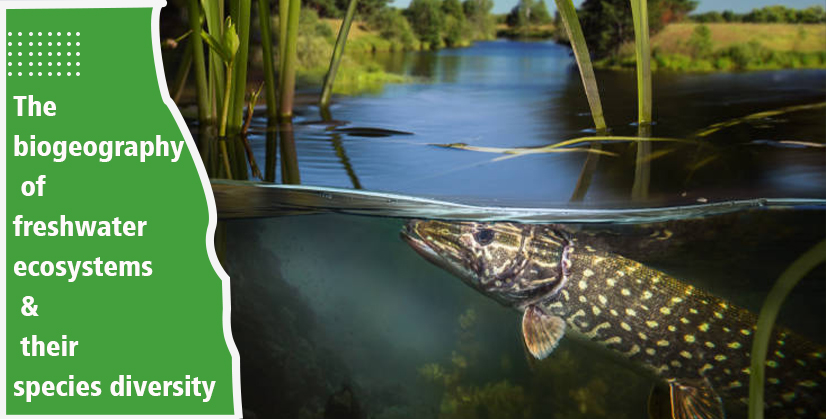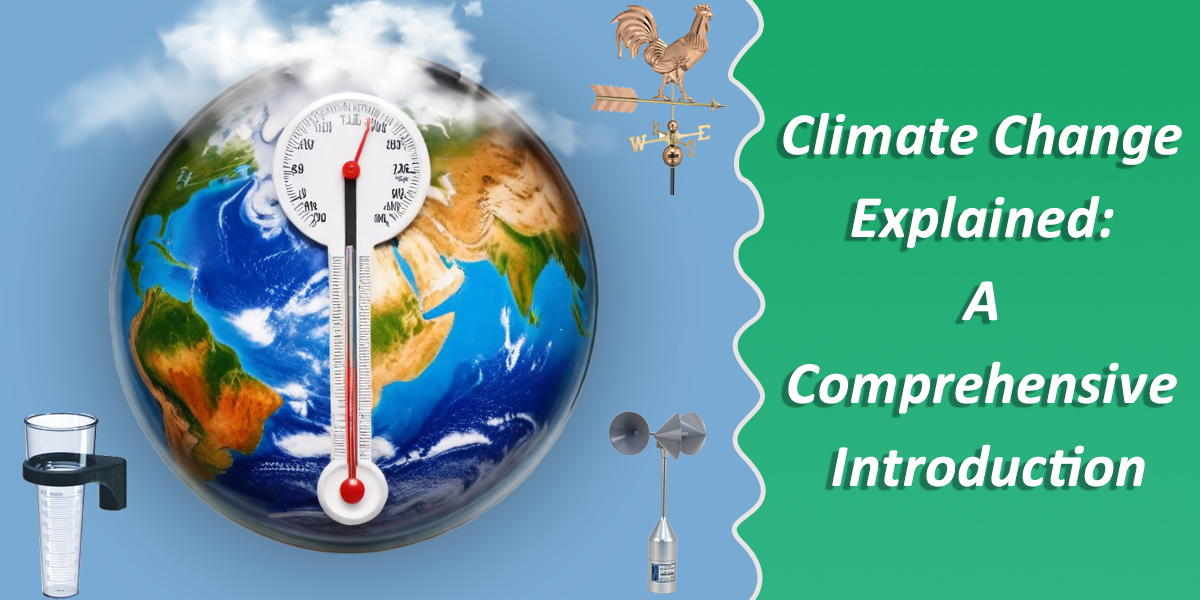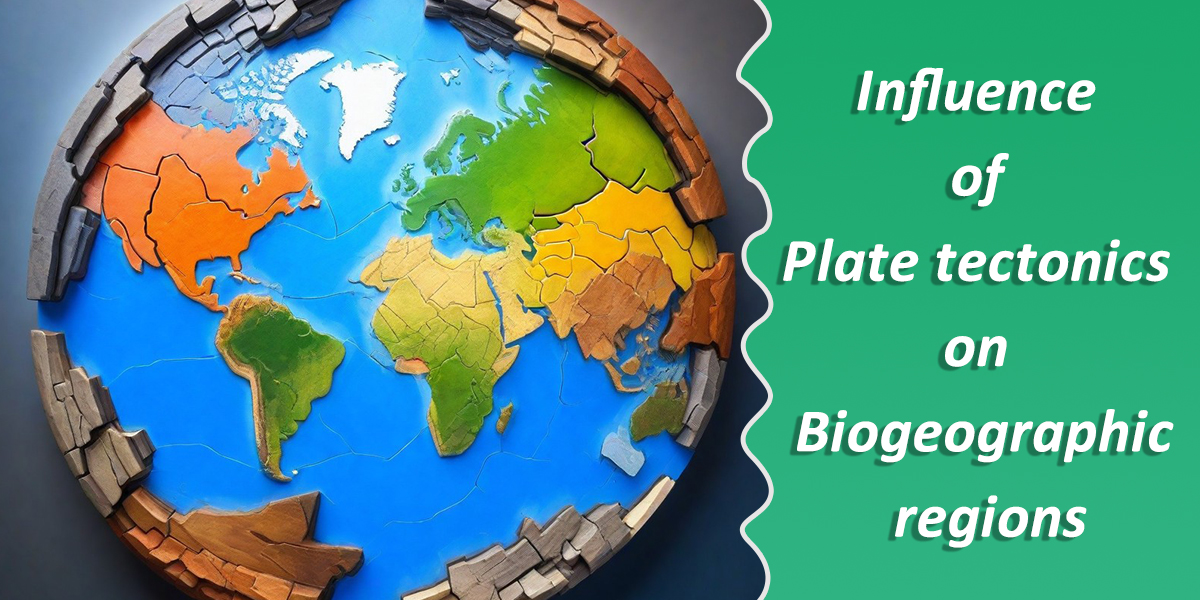Table of Contents
ToggleIntroduction
Ecosystems are complex, symbiotic systems that support life in all of its diversity in the vast content of our planet’s natural wonders.
These fascinating interconnections between living things and their physical environment are the basis of our planet’s biodiversity and offer countless benefits to mankind.
By setting the stage for the wonders of ecosystems, we embark on a journey to explore the awe-inspiring beauty and vital importance of these intricate natural systems.
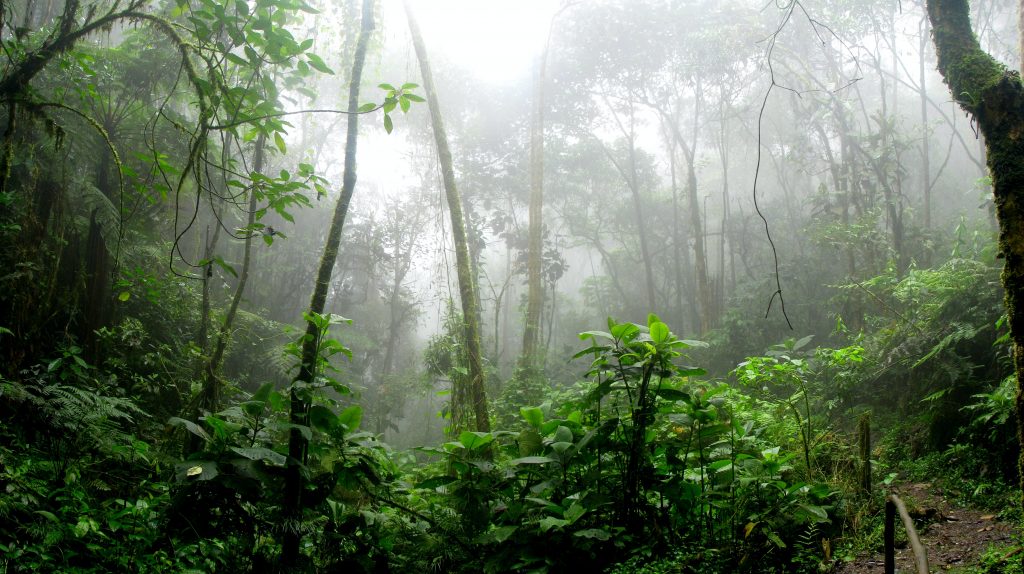
Imagine yourself at the brink of a verdant, unspoiled rainforest. The air is muggy and filled with unique plant scents and an echo of different bird sounds. With their intertwined branches, the towering trees above create a dense canopy that filters sunlight and casts a beguiling play of shadows on the forest floor.
Life flourishes wherever you look—bright butterflies fly from blossom to flower, monkeys swing with ease through the treetops, and the voices of unknown creatures resonate through the dense greenery.
As you go further into the forest, you start to understand how these magnificent ecosystems depend on a delicate balance.
Everywhere you look, you can see how dependent plants, animals, and microbes are on one another. A pollinator (like the butterfly) is drawn to a single bloom and disperses pollen to ensure subsequent generations.
Fallen leaves and decomposing materials on the forest floor provide a rich source of nutrients for a diverse range of species, promoting the creation of new life. Each organism, from the smallest insects to the most powerful carnivores, is critical to the ecosystem’s health and balance.
Ecosystems extend far beyond the bounds of forests, including a diverse range of ecosystems on the earth. Imagine diving into the depths of a thriving coral reef, where coral colonies build sophisticated structures that provide refuge and food for a diverse range of fish, crabs, and other marine animals.
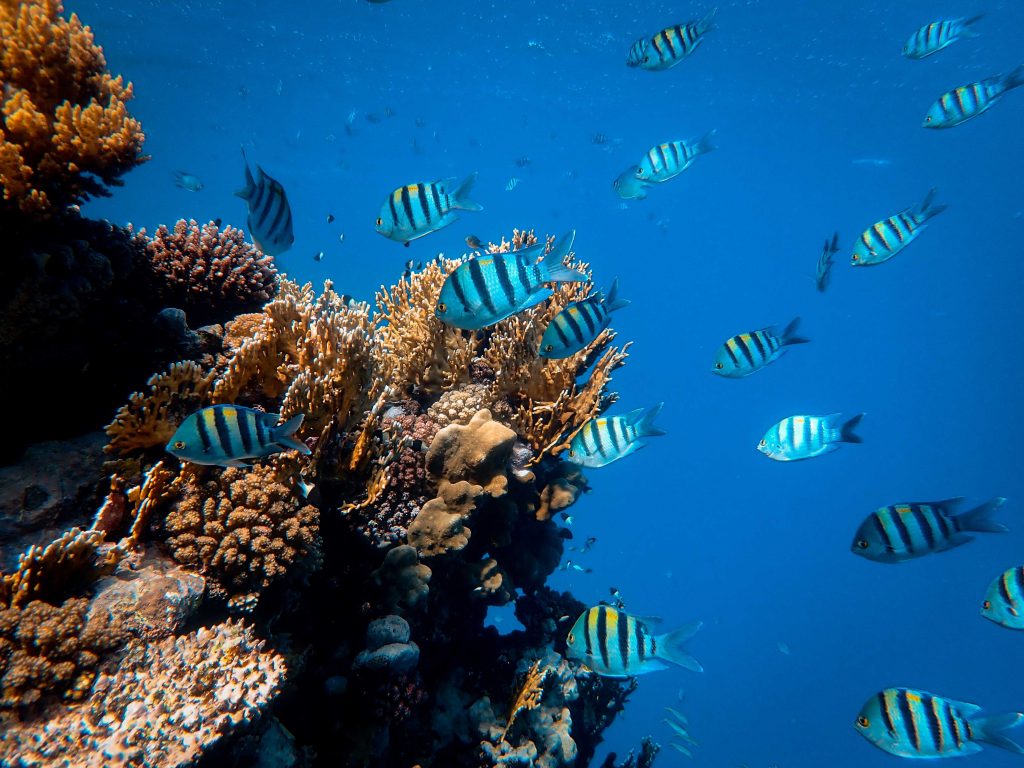
The reef flourishes with life showcasing a kaleidoscope of colors and patterns as schools of fishes dance around through the water. The resilience of the coral reefs and biodiversity is essential for maintaining the health of our oceans, acting as a nursery for countless species, and protecting coastlines from the erosive force of waves.
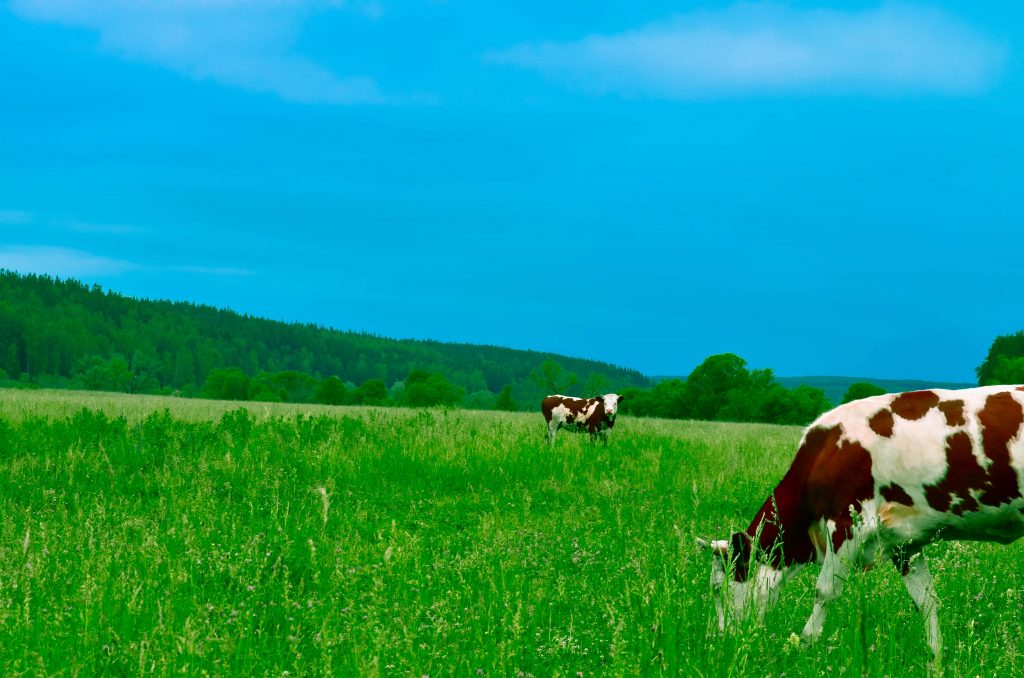
Moving on to another habitat, imagine yourself standing on a massive expanse of grassland, where the sweeping breezes and seasonal rains determine the beat of life.
Herds of gigantic herbivores feed on the nutrient-rich grasses, their movements altering the environment. Predators hunt their prey discreetly, their survival reliant on the delicate balance of the ecosystem.
The grasses have evolved to endure grazing and fire, and their roots reach deep into the soil, avoiding erosion and preserving fertility.
Ecosystems do not only exist in terrestrial environments. Allow your imagination to take you to the immensity of the ocean, where the deep blue surface conceals a world of wonders.
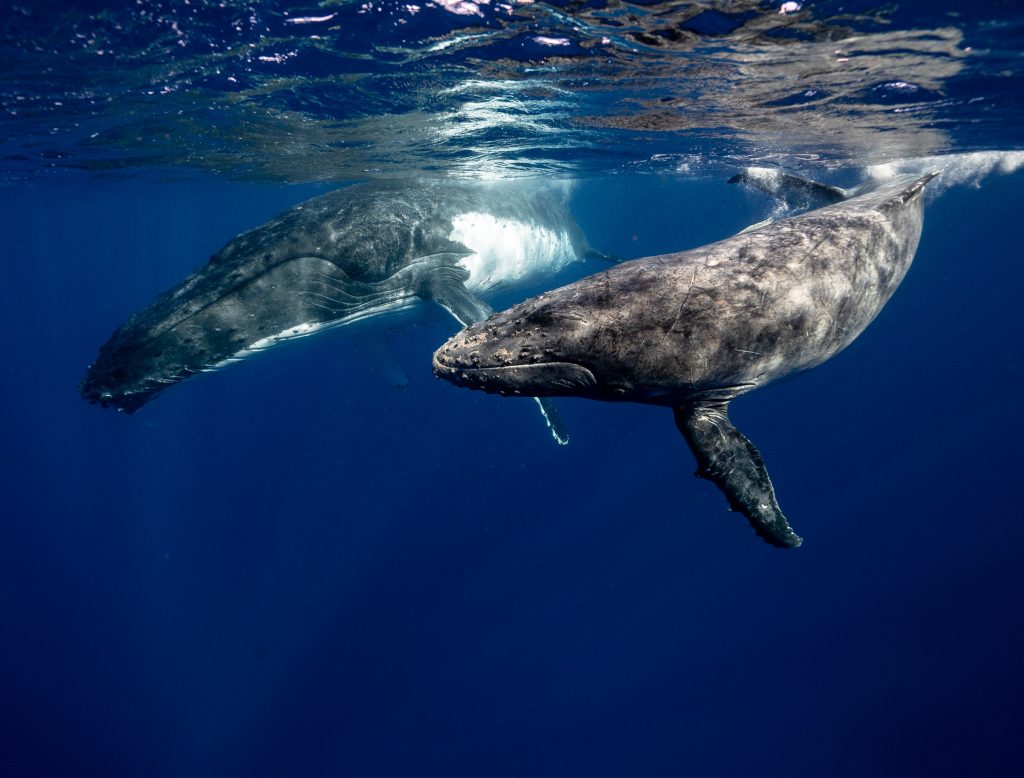
Whales migrate across great distances, their songs echoing through the sea, while microscopic phytoplankton generate oxygen and form the foundation of marine food systems through photosynthesis.
Numerous marine species find refuge, breeding grounds, and nurseries on coral reefs, seagrass meadows, and kelp forests, while ocean currents distribute nutrients and govern Earth’s climate.
These are just a few examples of the wonders of ecosystems, serving as a reminder of their importance and the necessity to preserve them. We depend on ecosystems for basic services like fresh water, fertile soil, clean air, and climate regulation.
Definition of Ecosystem
The word “ecosystem” was coined by a British ecologist by the name of Arthur Tansley in the year 1935. Tangsley defined an ecosystem as “a biological assemblage interacting with its associated physical environment and located in a specific place.” – ScienceDirect
An ecosystem can be defined as a complex and interrelated community of living things (biotic components) and their physical surroundings (abiotic components) found within a particular geographic area. It includes the interactions and relationships that organisms have with their surroundings, as well as the flow of energy, nutrients, and matter.
Components of Ecosystem
An ecosystem’s components can be classified into;
- Biotic components
- Abiotic components
- Biotic components: This refers to living organisms, including plants, animals, and microorganisms, that interact with each other and their environment within an ecosystem. Under biotic components, we have;
- Producers/autotrophs: These are the primary producers in an ecosystem, using photosynthesis to transform sunlight into energy. Plants, algae, and some microorganisms are among them. By creating organic substances that are used as food by other species, producers constitute the foundation of the food chain.
- Consumers/Heterotrophs: These are species that consume other organisms and do so to gain energy. They can also be divided into various trophic levels:
- Primary Consumers/Herbivores: These are species that feed on producers directly. Plant-eating insects, deer, and cattle are a few examples.
- Secondary Consumers/Carnivores: These are organisms that eat primary consumers. Examples of these organisms are Snakes, hawks, etc.
- Tertiary Consumers: These are Organisms that feed on secondary consumers. They are higher up the food chain in the trophic hierarchy.
- Decomposers: Decomposers are creatures that break down dead organisms and organic materials, releasing nutrients back into the ecosystem. Fungi, bacteria, and detritivores like earthworms and millipedes are examples.
2. Abiotic Components: This refers to non-living elements in an ecosystem, such as soil, water, air, temperature, sunlight, minerals, and physical factors that influence the environment.
- Physical Environment: The physical environment consists of non-living elements that influence the ecosystem. The following are the non-living elements of the Environment that influence the ecosystem;
- Climate: This is the prevailing weather conditions of a place or an area over a long period of time.
- Soil: This is a non-living element of the environment that influences the ecosystem because of its composition, structure, and fertility of the soil, which determines nutrient and water availability.
- Geology: This refers to the geological features of the area, such as rocks, minerals, and topography.
- Water: This refers to the presence of freshwater, marine, or brackish water bodies, such as rivers, lakes, oceans, and wetlands.
- Chemical Environment: The following are the Chemical factors that play a crucial role in ecosystem dynamics :
- Nutrients: Elements such as nitrogen, phosphorus, and carbon are required for organism growth and development.
- Oxygen: Oxygen is one of the Chemical factors that play a crucial role in ecosystem dynamics because the availability of oxygen, is required for respiration by many organisms.
- pH: This refers to the level of acidity or alkalinity of the environment, which affects the survival and functioning of organisms.
- Pollutants: This refers to man-made compounds that have a negative impact on ecosystems, such as air and water pollution.
Types of Ecosystems
There are 2 types of ecosystems, namely;
- Terrestrial ecosystems
- Aquatic ecosystems
- Terrestrial ecosystems: These are land-based ecosystems, such as forests, grasslands, deserts, and tundra, where interactions between organisms and their physical surroundings influence ecological dynamics. The following are examples of terrestrial ecosystems;
- Forests: Forests are expansive terrestrial ecosystems characterized by dense vegetation dominated by trees. They are vital for biodiversity conservation, climate regulation, and the provision of various ecosystem services. Forests house an immense array of plant and animal species, forming intricate food webs and habitat networks.
- Grasslands: Grasslands are large, open areas with an abundance of grasses and a few scattered trees. They provide food for a variety of herbivores and their predators. Grasslands are very resistant to fire and grazing, and they perform critical roles in the nutrient cycle, carbon storage, and habitat for various species.
- Deserts: Deserts are dry terrestrial environments that can be identified by features such as severe heat, scarcity of water, and sparse vegetation. They are home to unique plant and animal species that have adapted to live in extreme and harsh conditions. Deserts play critical roles in water and nutrient cycling, as well as in the preservation of unique biodiversity and cultural history.
- Mountains: These are unique terrestrial ecosystems that can be identified by their unique characteristics such as high elevations, steep slopes, and diverse climatic conditions. They are home to a wide range of flora and fauna that have adapted to extreme and harsh conditions and they also provide vital ecosystem services such as water storage, biodiversity conservation, and cultural significance for human communities.
- Aquatic ecosystems: This is a community of aquatic plants and animals interacting with one another and their physical environment (water bodies). They include a wide variety of creatures, including fish, crocodiles, turtles, marine mammals, coral reefs, wetlands, rivers, lakes, and oceans, and are influenced by factors such as temperature, water chemistry, and ocean currents. The following are the types of aquatic ecosystems;
- Freshwater ecosystems: Freshwater ecosystems, which include a wide variety of habitats such as lakes, rivers, streams, wetlands, and ponds, are important aquatic ecosystems. These ecosystems include a rich diversity of plant and animal species and are distinguished by their freshwater sources. Freshwater ecosystems are essential for maintaining human livelihoods, promoting biodiversity, and supplying clean water.
- Marine ecosystems: Marine ecosystems are a type of aquatic ecosystem that possesses a large amount of saltwater including oceans, seas, and estuaries. They are filled with a wide variety of living organisms, ranging from small plankton to huge whales. Marine ecosystems rely on coral reefs, kelp forests, and seagrass meadows for survival. They provide essential functions including oxygen production, nutrient cycling, climate management, and fisheries support.
Key Concepts of an Ecosystem
An ecosystem is comprised of numerous essential principles and concepts:
- Interconnectedness: Ecosystems are made up of a network of interrelated species and their physical surroundings. Plants, animals, microbes, and abiotic factors all interact and influence one another in different ways within an ecosystem.
- Energy Flow: The flow of energy powers ecosystems. Producers (plants and other autotrophs) use photosynthesis or chemosynthesis to convert sunlight or chemical energy into organic matter. This energy is passed up and down the food chain as species consume and are consumed by others, with energy decreasing at each trophic level.
- Nutrient Cycling: Common nutrients like nitrogen, Carbon, and phosphorus are all cycled within ecosystems. Decomposers help in breaking down dead organic matter and return nutrients to the ecosystem. These nutrients are taken up by producers, and the cycle continues as organisms devour one another, transferring and recycling nutrients across the food web.
- Ecological Succession: This refers to the slow and predictable changes in species composition and ecosystem structure that occur over time in ecosystems. There are two stages in ecological succession, they are Primary succession and Secondary succession. Primary succession occurs in newly established ecosystems, whereas, Secondary succession occurs after disturbances such as fires or clear-cutting, Each stage of succession provides possibilities for various species to flourish.
- Biodiversity: Biodiversity refers to the variety of living organisms that are found in an ecosystem. This includes all the different species of plants, animals, and microorganisms, as well as the genetic diversity within each species and the diversity of ecosystems.
- Stability and resilience: Ecosystems have an extraordinary ability to sustain stability and recover from disturbances. Ecosystems can resist changes and revert to their previous state after disturbances such as fires, storms, or human intervention due to intricate interconnections and feedback processes.

